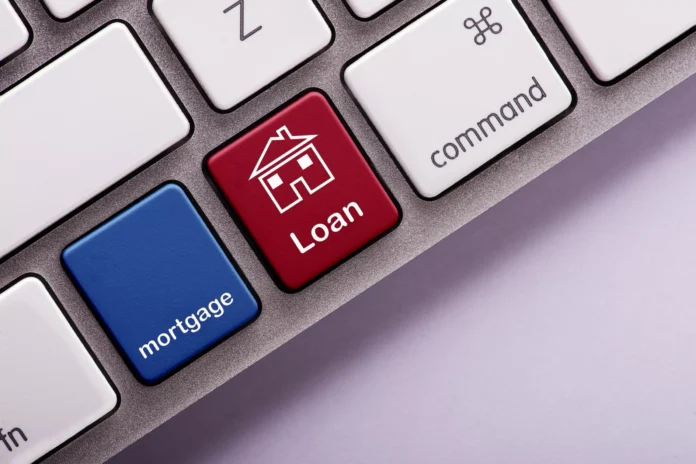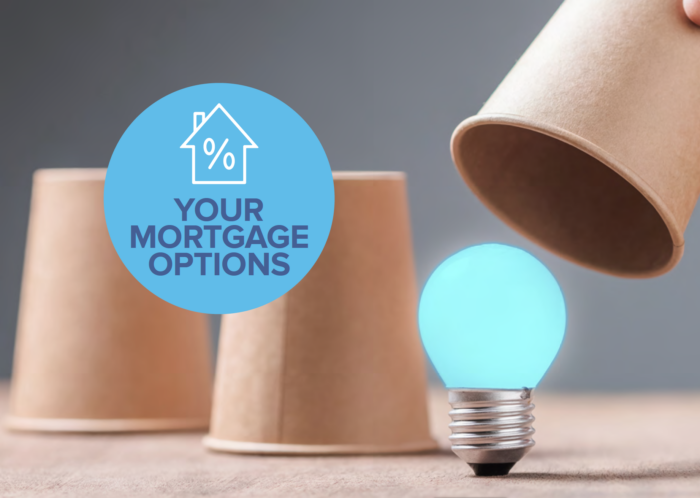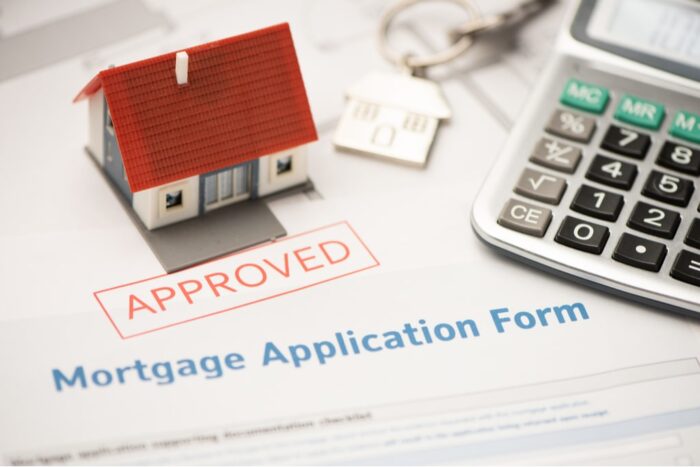
The market is overflowing with options when it comes to mortgages, making the decision-making process difficult. And choosing the wrong ones can be costly, so be sure to determine which type is right for you according to your financial situation, credit score, and your attitude towards risk.
This article will guide you to what a mortgage is, the different types of mortgages in the UK, and how to choose the right one based on your situation, whether you are an accidental landlords or a professional property investor:
What Is a Mortgage?
A mortgage deal is an agreement you have with your lender regarding the initial interest rate and how long it will be in effect. Usually, the deal lasts between two and five years, with some lasting longer. After it expires, your mortgage will still be in place, and your repayments will be calculated using the lenders’ Standard Variable Rate (SVR) of interest.
The deal you receive depends on various factors. If you have a large deposit or are willing to pay a higher arrangement fee, you may have better options. Otherwise, your options may be limited. The strength of your mortgage application can affect the quality of the deal offered.
You can use the Mortgage Checklist tool, which provides a quick and free estimate without affecting your credit file to help get your application to be approved.
Types of Mortgages You Can Choose From

There is always the risk of interest rates increasing when you take a mortgage, leading to higher monthly repayments. To limit this risk, many buyers opt for specific deals. Take a look at these types and deals you can choose from:
Fixed Rate Mortgages
Fixed-rate mortgages offer the stability of a set interest rate for a specific number of years, so you know what your monthly repayments will look like over a set period, and you are protected from any increases in interest rates during the fixed rate period.
However, you may pay more for a fixed-rate than you would with a variable-rate mortgage, which means you wouldn’t benefit if interest rates fall, which could entrap you in a higher-rate mortgage and limit your ability to remortgage, as fixed-rate options often come with early redemption fees.
This mortgage’s standard terms are two, three, or five years. A five-year fixed mortgage provides greater certainty and might appeal to you if you are in stable but financially stretched circumstances but want to minimize financial risks.
For this reason, choosing to fix your mortgage for two or three years might be better. At the end of the term, you can always remortgage and move on to another fixed deal if you want to, giving you the flexibility to adapt to changes in your circumstances and adjust your mortgage accordingly. Enhancing your property investment, the let property campaign.
Tracker Mortgages

This is a type of variable rate linked to the Bank of England’s base rate, which is base rate plus a certain percentage, such as 1 per cent. It is suitable for people who are willing to take more risks and pay more, if necessary, in exchange for the chance that they may end up paying less. If BOE’s base rate increases, the mortgage rate will increase accordingly and vice versa.
Tracker mortgages can have a term of two to five years, although there are also lifetime tracker mortgages available. The main advantage of this type is it will fall if the tracked rate falls. However, it also means that there is no limit to how high it can go. Tracker mortgages are most popular when the base rates are high but falling or likely to fall in the near future.
Discounted Mortgages
A discounted option is a type of adjustable-rate mortgage that provides a reduced rate compared to the standard variable rate. Its discount is applied for a set period, typically two to three years, and is calculated as a percentage of the lender’s standard variable rate.
It carries a medium-high level of risk and is suitable for those who are looking for the lowest rates but are prepared for unpredictability and can afford to pay more if necessary. If you struggle with the high costs of home ownership in the early years, this mortgage deal might be a better fit.
For instance, if a lender’s standard variable rate is 4% and you have a 1.3% discount, your interest rate would be 2.7%. Unlike other adjustable-rate mortgages, a discount mortgage’s cost is not solely influenced by changes in the base rate, and the lender has the discretion to change its standard variable rate.
The primary advantage of a discounted mortgage is that it starts at a lower rate, reducing monthly payments. If the lender decides to decrease its standard variable rate, your payments will become even lower. On the other hand, the lender can increase its standard variable rate at any time, which would result in higher monthly payments.
Standard Variable Rate Mortgages

A Standard Variable Rate (SVR) option is the default rate offered by lenders and is usually more expensive compared to other types of mortgages. It is a variable-rate option, meaning the interest rate can change at any time. Risk is considered high, which is why this may be suitable for those who can afford to pay more or those who are unable to obtain any other type of mortgage deal.
When a fixed or variable deal comes to an end, a borrower is typically moved to a lender’s SVR, unless they choose to remortgage to another deal. Each lender has its own SVR, sets the rate as they see fit, and may increase it significantly without warning, often higher than other rates on the market.
The SVR offers freedom as it does not lock the borrower in, allowing them to leave without paying exit fees. However, lenders have total freedom to charge whatever they want. Usually, people end up on an SVR mortgage as their existing deal has ended, and they do not take action to remortgage.
Offset Mortgages
An offset mortgage takes into account the amount of savings you have with your lender. This means that the amount in your savings account will be subtracted from the mortgage debt, which in turn reduces the amount of interest you pay. For example, if you have a £100,000 mortgage and £10,000 in savings, you would only pay interest on £90,000.
One of the benefits of this deal is that you can pay off more of the mortgage when you have more money and reduce payments when you need extra spending money. However, it typically has slightly higher interest rates, and the savings you have with the lender will not earn interest.
If you are self-employed and have a fluctuating income, you may find this deal to be a suitable option, as you can use your savings as a counterbalance to your mortgage, which helps lower the amount of interest you pay. For example, if you have a £150,000 mortgage and £20,000 in savings, you would only pay interest on £130,000.
















